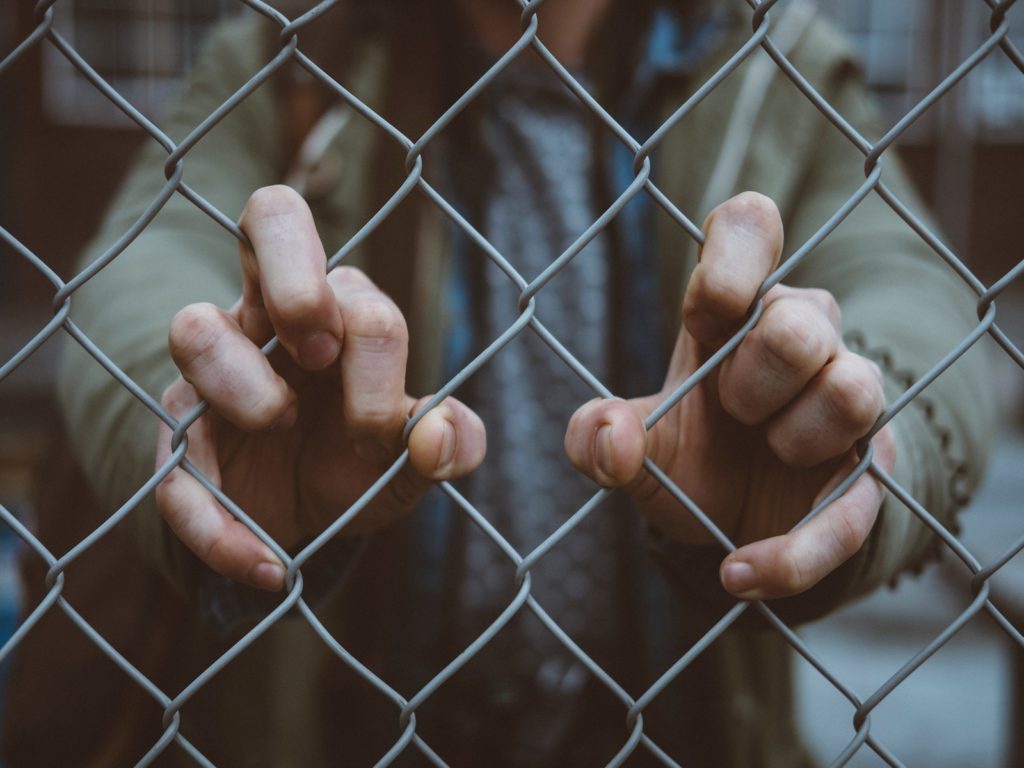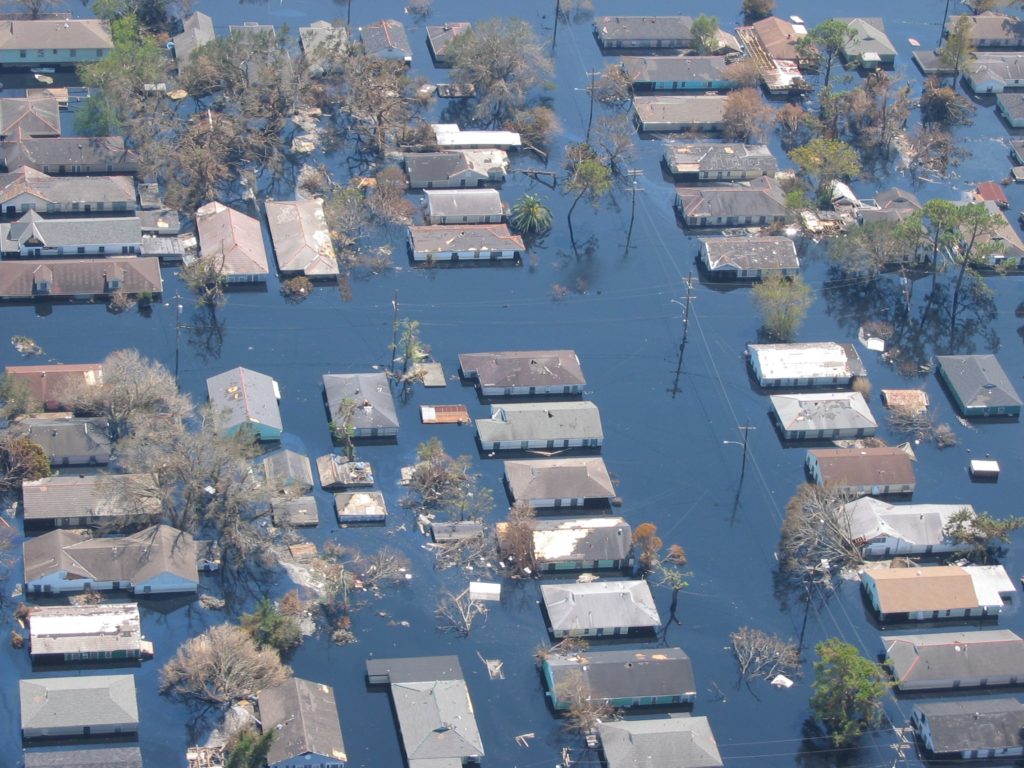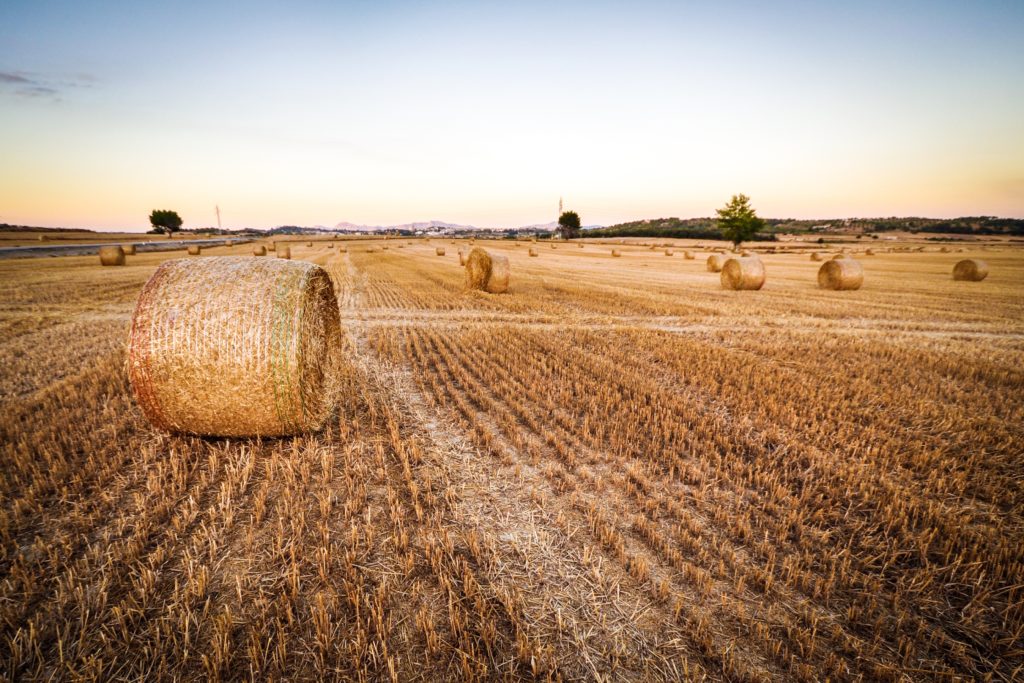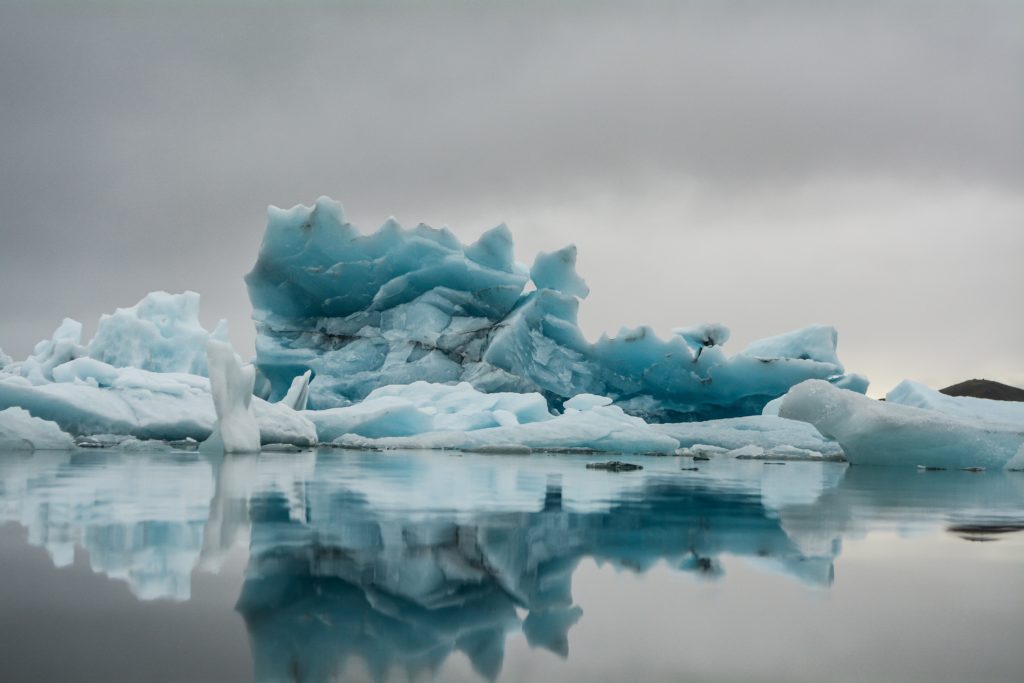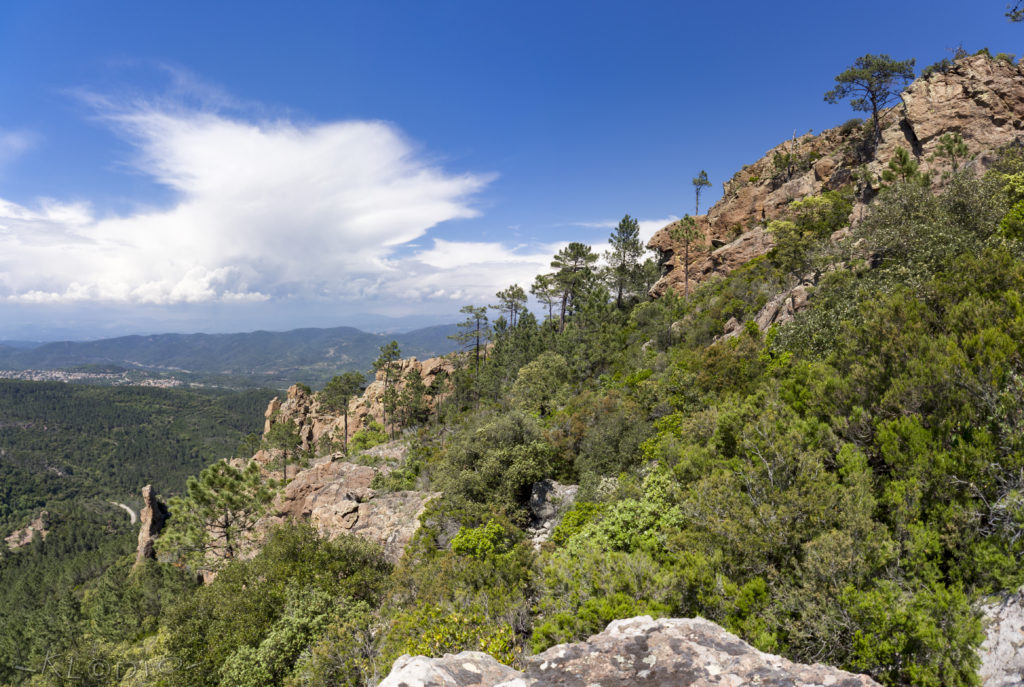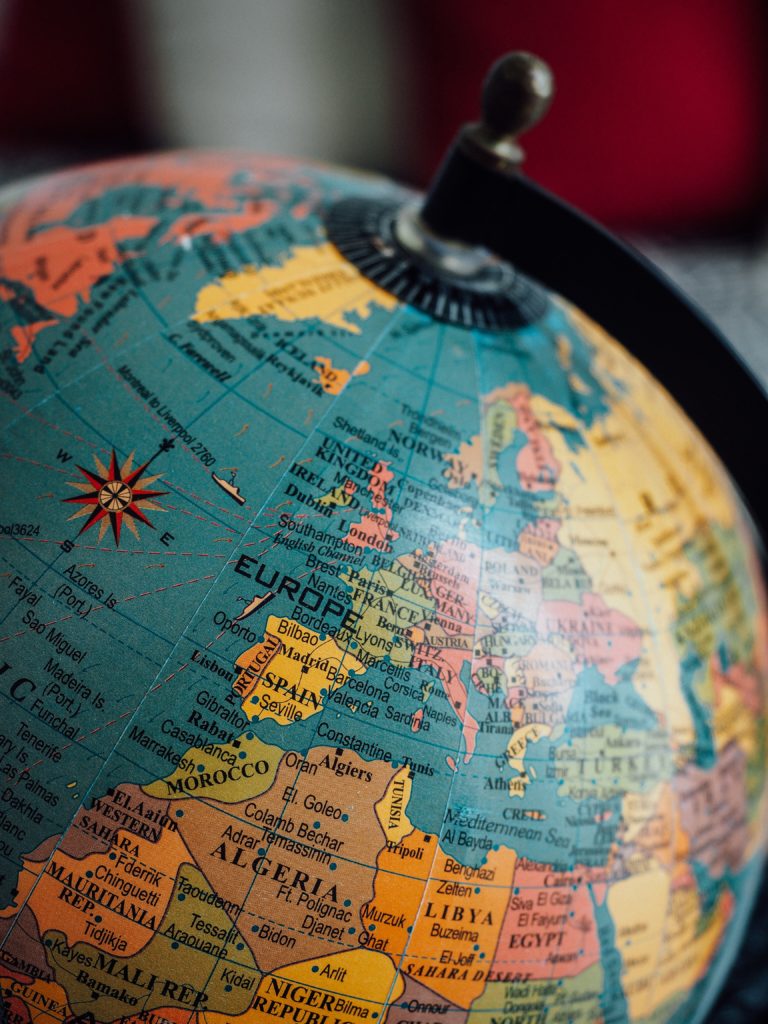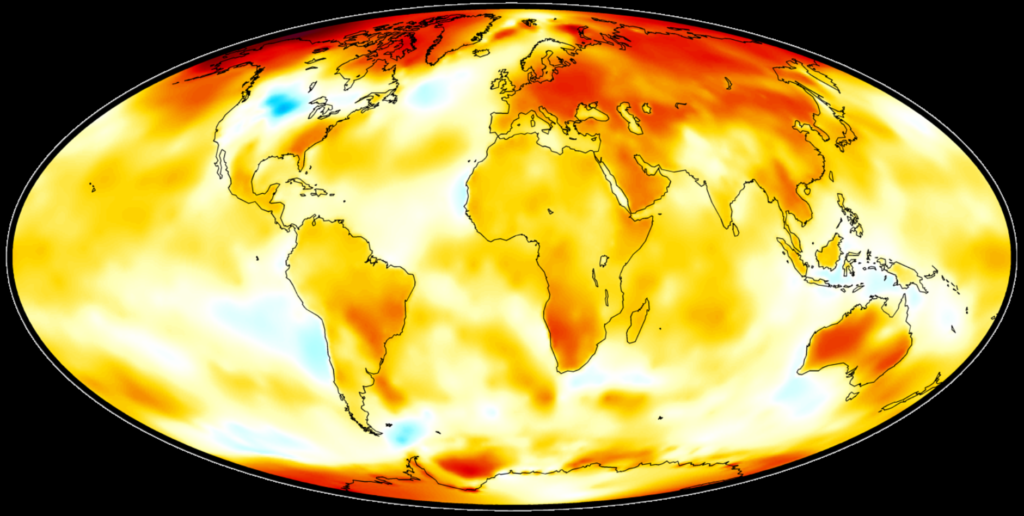
The hottest decade ever. When “acceleration” is the watchword
It sounds like a refrain we are quite used to, as it has been happening for 40 years: the last decade was not only hotter than the previous one but also the hottest on record. And it looks as if things are not going to change in the immediate future. However, some clues show that the last decade’s legacy can act as a springboard for the change we need in the next one.




